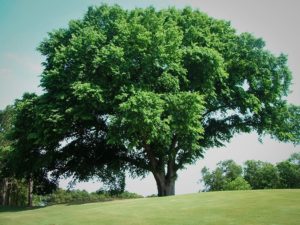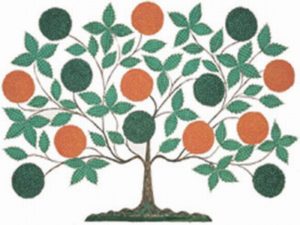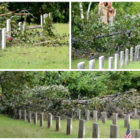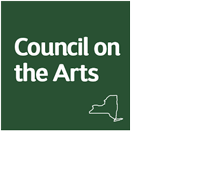This year we celebrate the 280th birthday of Ann Lee. Born in Manchester, England in 1736, Lee had no opportunity to acquire an education. Since documentary evidence of her activities and beliefs is very limited, Ann Lee is a very elusive character. Manchester archives hold records of her marriage and the birth of some of her children along with her arrest records (for disrupting church services) and her internment in a mental institution. Much of what we believe about Ann Lee comes from oral history narratives gathered in 1816, thirty-two years after Lee died. We also can review accounts drafted by non-Shakers who met Ann Lee or observed early Shaker worship during her lifetime.
In 2002, I made an effort to identify all known artifacts associated with Ann Lee. My goal was to determine if existing material culture related to Ann Lee could provide additional insight into the kind of person she might have been. It seemed extraordinary that a cultural group that is so well documented through physical artifacts would lack a material culture assessment of its founder, but no such study had been completed. My research included a review of collections at Shaker Museum | Mt. Lebanon, Hancock Shaker Village, Canterbury Shaker Village, Fruitlands Museum, the Harvard Historical Society, and Sabbathday Lake, Maine. Staff from Pleasant Hill and South Union, Kentucky, Enfield, NH and the communities in Ohio also provided valuable information. The first of the four part series is focused on artifacts related to elm trees.
The Elm Tree
The 1816 Testimonies contain an account of a large mob that attacked a group of Shakers as they worshiped in Harvard, MA. An enraged hoard of 400 people drove the Shakers out of town and warned them never to return: “After this dismission, the Brethren and Sisters, feeling the need of some refreshment, gathered under a large shady elm to eat some bread and cheese… Here they all kneeled down and gave thanks to God that they were accounted worthy to suffer persecution for the testimony of the gospel.” Seeing the Shakers praying, the mob was once again enraged and started beating them again.
The elm tree has a very long history as a symbol of strength. It is associated with the Mother Earth Goddess and also with traditional male characteristics: strength, will, dignity and faithfulness. According to George Ferguson, the elm tree “alludes to the dignity of life. The spreading of its great branches in every direction symbolizes the strength which is derived by the devout from their faith in the scriptures.”

It seems more than coincidental that the Shakers took shelter under an elm tree in Harvard. According to tradition, Ann Lee and other Shaker leaders were in the habit of hitching their horses under a large elm tree that was in the dooryard of the homestead of Elijah Wilds of Shirley, MA. His farm formed the basis for the Church Family at Shirley. The tree most likely was taken down between 1901 and 1908 when the Shirley Church Family site was sold to the Commonwealth of Massachusetts. Shakers salvaged the wood and saved parts of the tree. A hitching ring embedded in a section of this tree is in the collection of Canterbury Shaker Village. It has a white paper label attached that states: “hitching ring taken from elm tree at Shirley, where Mother Ann and the Elders hitched their horses. Probably about 1780.” The Shaker collection at Fruitlands Museum includes an enamel box that holds an elm tree leaf and a textile fragment. These items are framed with a couple notes from Sister Jennie Wells, a well-known 20th century Shaker. “A slip of paper in my father’s handwriting as follows, ‘leaves from an elm tree at Harvard under which [Ann Lee] hitched her horse. The fragments are contained in an old snuff box. The Central Ministry presented one of these boxes with the mementos of Mother Ann to each Shaker Society about 1830. This specimen given to the Groveland Society’.”
The Sabbathday Lake Shakers have a small table in their museum collection with a note attached under the lower shelf of the stand that states “Made by Brother Henry Hollister at Harvard, MA from the Elm tree Mother Ann hitched her horse to. Carved by Sister Anne Belle Tuttle. Given to Eldress Sarah Burger.” The table appears to have been sent to Sabbathday Lake after the Hancock Community closed.

Elaborate symbols and use of symbolic colors and plants are found in all Shaker gift drawings. It seems certain that they assigned meaning to elm trees. Like non-Shakers of the Victorian era, they collected mementos of the past. At the turn of the 20th century, Shakers were preserving mementos of their founder. The elm tree to which Mother Ann hitched her horse surely was seen as one of the few remaining links to her and the era of the Shaker founders. Its association with the “dignity of life” and strength derived from faith in the scriptures, as well as the protection that an elm tree offered during that well-known incident of persecution at Harvard made these mementos especially significant. More than 100 years after her death, Ann Lee was still offering strength and spiritual inspiration to her followers.
— Written by Starlyn D’Angelo









